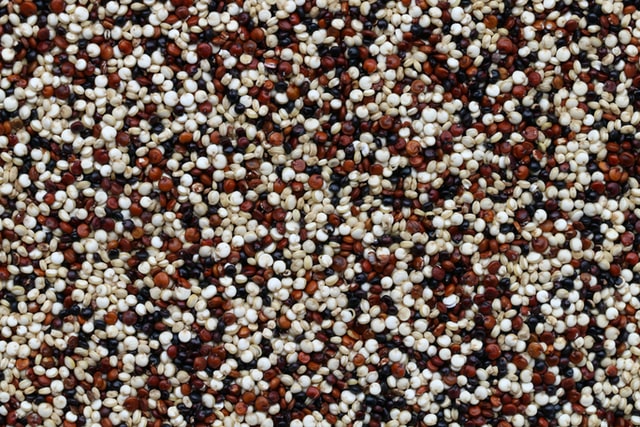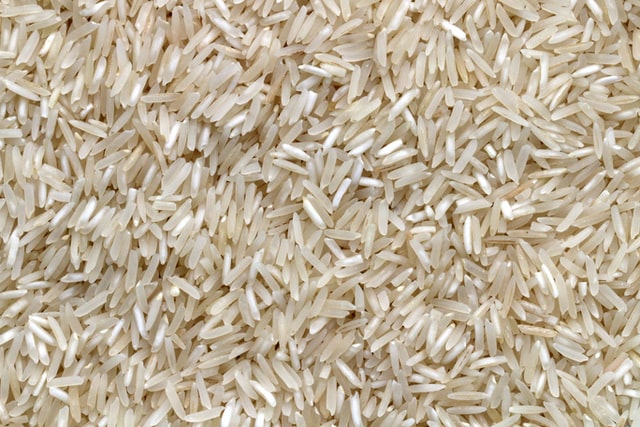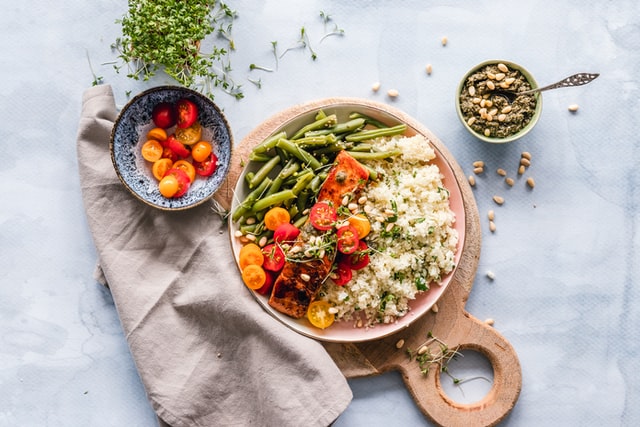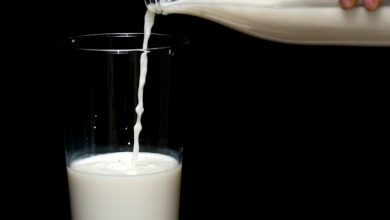
Quinoa vs. Rice: Weight Loss Showdown
Years ago, quinoa was never spoken, cooked at home, or offered on menus. But now, quinoa is increasingly being offered or selected as an alternative to rice, which begs the question – is quinoa healthier than rice and more conducive to weight loss? In this article, we’ll explore the benefits and differences of both quinoa and rice so you can make healthy and informed decisions.
Quinoa Explained
While both quinoa and rice are used interchangeably in many recipes, they are both very different. To start, quinoa isn’t a grain at all like rice is. Quinoa is actually a member of the seed family and is derived from the goosefoot plant. Quinoa is best known for mimicking grains like rice and barley, but it can also be found in the form of flakes and flour at most grocery stores.
Health Benefits of Quinoa
Quinoa has been shown to possess several health benefits, making it a continued popular choice by those looking to get more out of their meals. Take a look at these common benefits offered by the tiny seed:
- Gluten-Free – For those with celiac disease or who are otherwise sensitive to gluten in foods, quinoa can be an excellent choice due to its natural lack of gluten.
- Rich In Vitamins and Minerals – Who doesn’t love getting a little extra vitamins and minerals packed into their meal? A quinoa serving contains zinc, calcium, iron, selenium, magnesium, potassium, and manganese.
- Complete Protein – Complete proteins are those foods that contain every amino acid source required by your body. Quinoa is not only a complete protein, but it also includes an amazing eight grams of protein in every cup.
- Anti-Inflammatory – Quinoa is thought to have anti-inflammatory qualities, which has the potential to help with your digestive system.
- Fiber-Rich – There are five grams of fiber in every cup of quinoa. Increased fiber intake can be beneficial for those looking to lower blood pressure, blood sugar, or cholesterol.

Health Benefits of Rice
The health benefits of rice vary depending on the type consumed. The most popular types of rice are white and brown. While white rice isn’t devoid of health benefits, it is the unhealthier choice out of the two options due to increased starch and sugars present. For this article, we’ll focus on brown rice, which happens to be chock full of health benefits such as:
- Digestibility – Brown rice is well-known to be easy on the digestive system. In fact, this healthy grain is often recommended when upset stomach occurs in both humans and animals.
- Rich in Minerals – In a single serving of brown rice, you can find healthy doses of magnesium, manganese, phosphorous, and selenium. There are also low doses of copper, zinc, and calcium vitamins in brown rice.
- Gluten-Free – Just like quinoa, brown rice is also a naturally gluten-free option.
- Fiber-Rich – Because brown rice is rich in fiber, it’s thought to help with weight loss by increasing the fullness factor quicker. Some studies have also found brown rice to help with abdominal fat reduction.
- Lowering of Blood Sugar – Some studies have shown brown rice to assist in regulating and reducing blood sugar levels in those with diabetes.
- Lowering of Blood Pressure – Because brown rice is thought to help with blood sugar reduction and potassium increase, there is a possibility it can help lower blood pressure. There are also signs indicating that brown rice can help lessen damage to blood vessels.
Which Is Best for Weight Loss?
As shown above, both rice and quinoa offer significant health benefits that shouldn’t be overlooked; but which option is the best for weight loss? Let’s first take a look at some nutritional qualities of both:
Brown Rice Nutrition (per serving)
- Calories: 216
- Grams of Fat: 1.8
- Grams of Fiber: 3.5
- Grams of Protein: 5
- Grams of Carbohydrates: 44.8
Quinoa Nutrition (per serving)
- Calories: 222
- Grams of Fat: 4
- Grams of Fiber: 5
- Grams of Protein: 8
- Grams of Carbohydrates: 39
You’ll notice in the nutrition listings above there’s a bit of give and take between the two foods. For instance, where brown rice has fewer calories and fat than quinoa, quinoa boasts less carbohydrates and more protein. Essentially both foods have the capability of acting as healthy aids to weight loss, and which one you choose will be dependent on the type of diet you’re currently following. If you’re following a low-calorie diet, brown rice might fit your weight loss goals better. If you’re following a low carb, high protein diet such as keto, quinoa will be better suited to your diet restrictions.

Quinoa Replacement Ideas
If you’re trying to implement more quinoa into your diet, it’s helpful to learn in what ways you can use quinoa creatively or as a substitution. When you’re unfamiliar with the superfood seed, it can be tricky to come up with ways to incorporate quinoa into your diet. Here are some ideas and recipes to help inspire you:
- Try a quinoa flour coating if you’re looking for a healthier idea for batter than processed wheat flour or corn.
- Thicken any soup and up the fullness factor by adding quinoa to the recipe.
- Skip the rice on taco night and use quinoa to add some substance and flavor to your plate.
- Quinoa can add a powerful protein punch to a morning muffin recipe.
- Make a delicious protein bowl with shrimp and swap out the rice for quinoa.
- If you love the Korean comfort food bibimbap, you’re going to love it even more with quinoa instead of rice!
- Looking for the ultimate protein salad? Toss together some black beans, quinoa, corn, avocado, pepper, and enjoy!
- The next time you make stuffed squash for dinner, try replacing the rice with quinoa. Yum!
- Traditional rice and beef stuffed tomatoes are usually a hit; the next time you make this recipe, replace the rice with corn and quinoa for a tasty treat!
- Don’t forget breakfast! Quinoa can make an excellent choice to get any morning started. Whip up a batch of quinoa and top with fresh fruit for a healthy morning meal.



